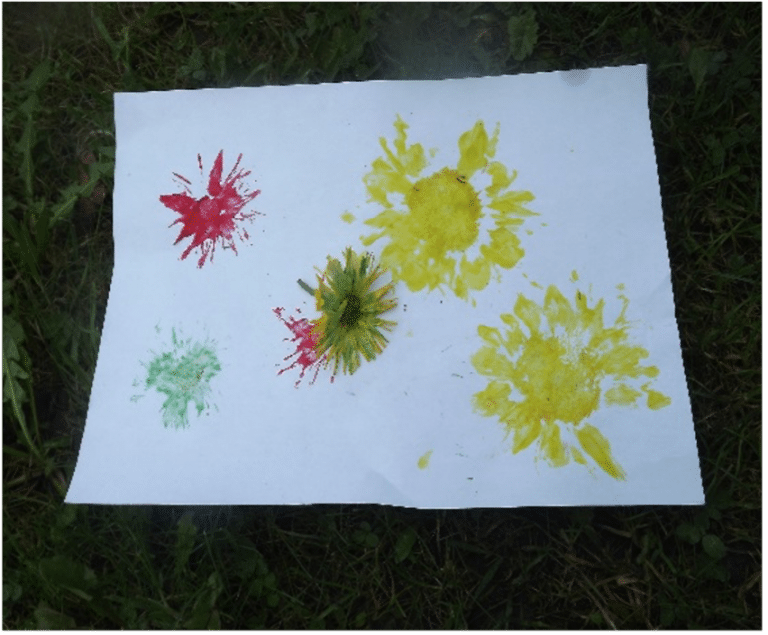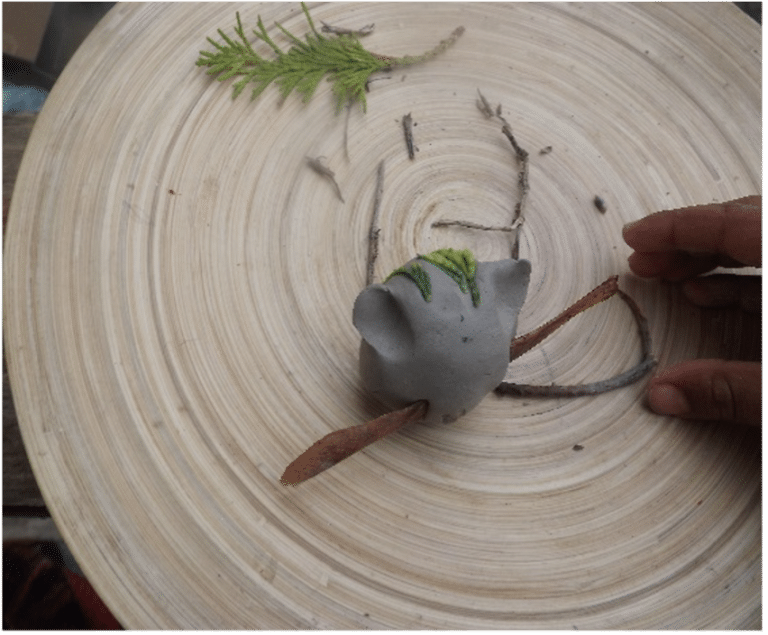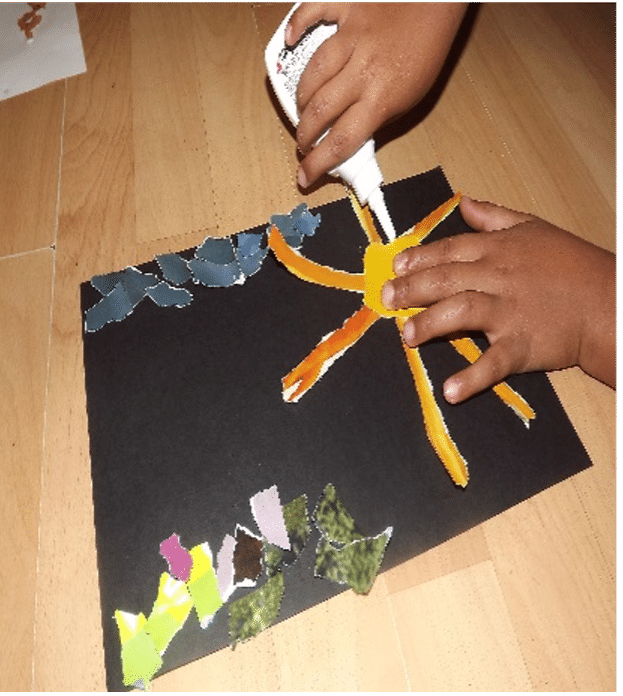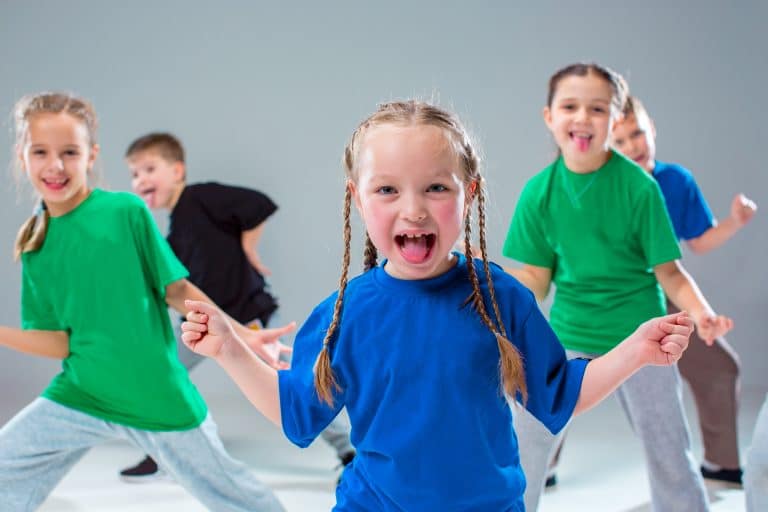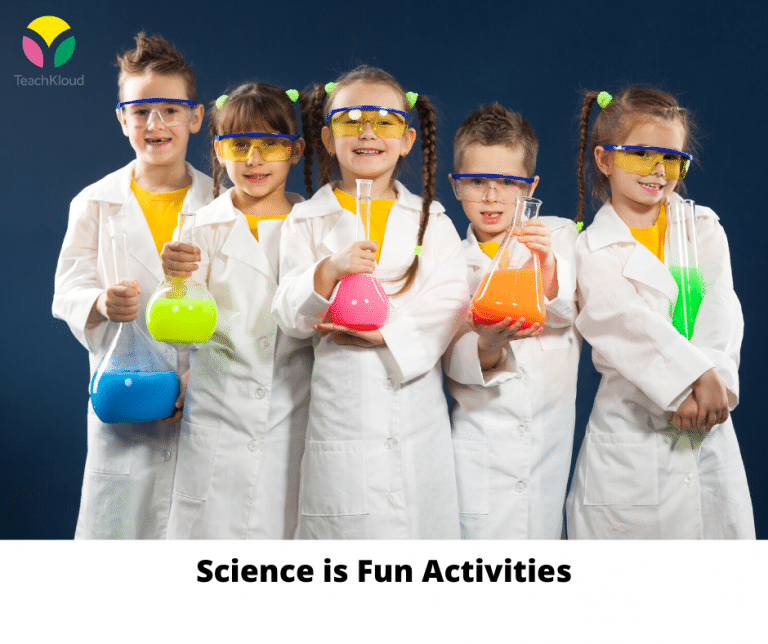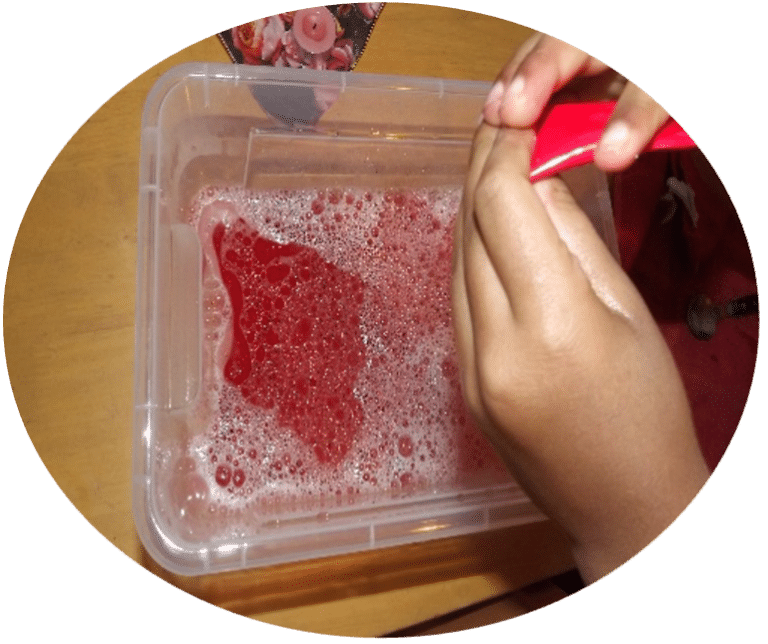There is so much to discover at the beach!
This activity is suitable for Toddlers (12 months to 3 years) and Young Children (2½ to 6 + years)!
Materials
- Stones, Shells, Paper or Fabric to display
- Sea-weed and other natural resources
- Glue
Learning Goals
- Engage, explore and experiment in their environment and use new physical skills including skills to manipulate objects and materials
- Learn about the natural environment and its features, materials, animals, and plants, and their own responsibility as carers
- Nature awareness: collecting, sorting and grappling with natural materials
- Interact with other children and adults by listening, discussing, and taking turns in conversation
Process Description
Step 1
Gather your ‘beach treasures.’ This can be turned into a trip to the beach with the children, the educator can gather the treasures or children can be encouraged to collect beach treasures with their parents and bring them to preschool on a certain day. Once the beach treasures have been gathered, move on to step 2…
Step 2
Encourage children to feel, observe and discuss the different beach treasures. Do they see any interesting finds? What patterns, colours and textures do they see or feel?
Step 3
Encourage children create any picture/scene with the beach treasures.
Step 4
The art project can be put away and used again on a different day or children can glue the materials on the paper/fabric.
Step 5
Children can tell a story about the picture they have created. The story can be written down next to their picture and displayed as part of an art show. Invite parents and the community to view children’s work.
Adaptation & Extension
Children and the educator can discuss and decide on a theme for the project.
Instead of gluing the items on a paper, it can be put into a picture frame and be used as a present. Instead of creating a picture, natural resources can be glued together as sculpture and also being painted.
Read the book What A Waste: Rubbish, Recycling, and Protecting our Planet – by Jess French to help children understand why it is important to care for our sea life and planet. A trip to the local aquarium can be an extension to learn about animals and our duty of care.
Reflective questions
- How did I scaffold children’s learning?
- Could I have adapted the learning opportunity to reflect all children’s needs, abilities and interests
- Did I engage the children?
- What are my next steps?
- What are children’s emergent interests and how can I build on this for future learning opportunities>
Looking and responding
Start by asking the children to describe what they see. Draw attention to details. What do they see or feel?
What do they notice and are there any interesting finds? What types of adventures do they usually take when at the beach? What type of animals do we see when at the beach?
Bibliography
- Centre for Early Childhood Development and Education (CECDE) (2006) Síolta: The National Quality Framework for Early Childhood Education. Centre for Early Childhood Development and Education.
- National Council for Curriculum and Assessment (NCCA, 2009) Aistear: The Early Childhood Curriculum Framework. Dublin: NCCA.
Author Bio

TeachKloud is a cloud-based management platform for early childhood educators and parents!


